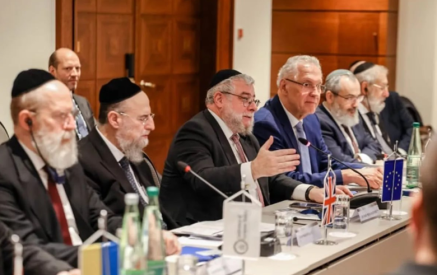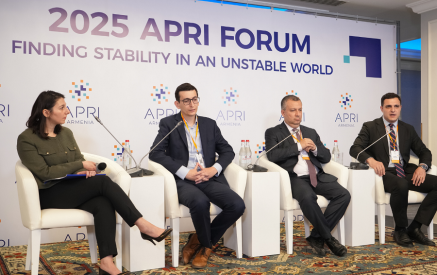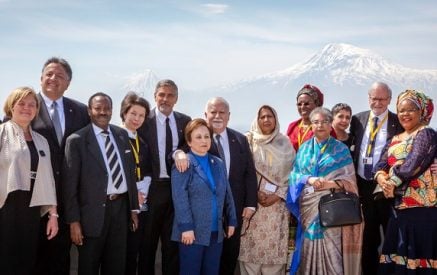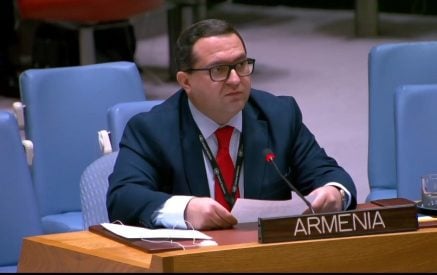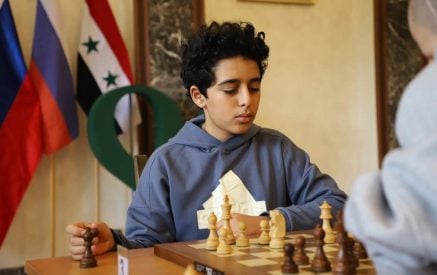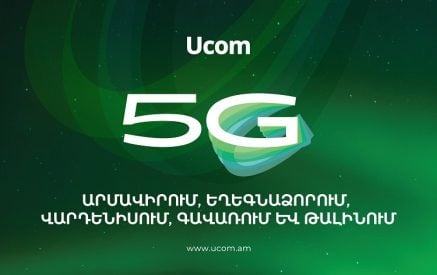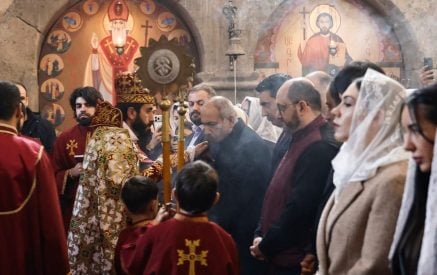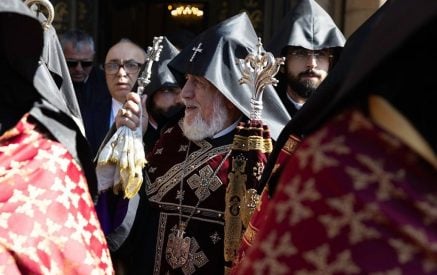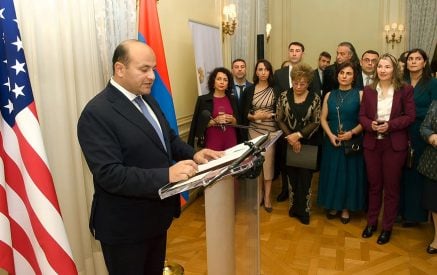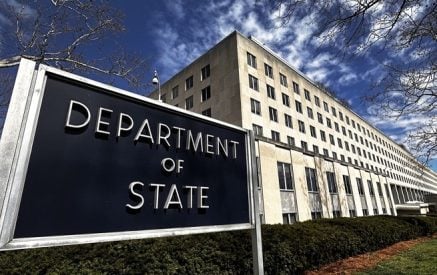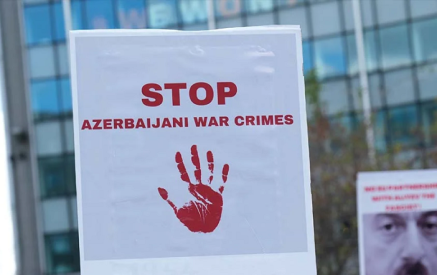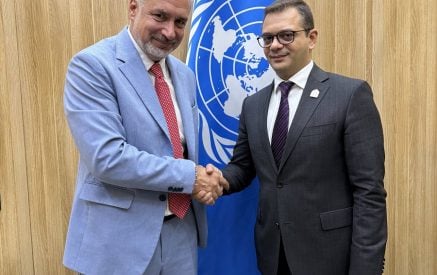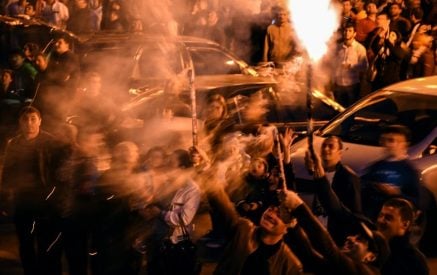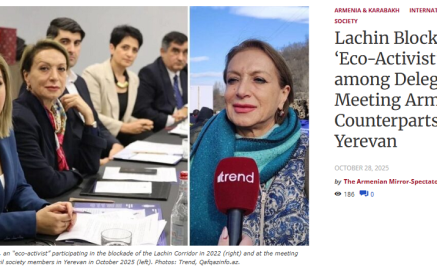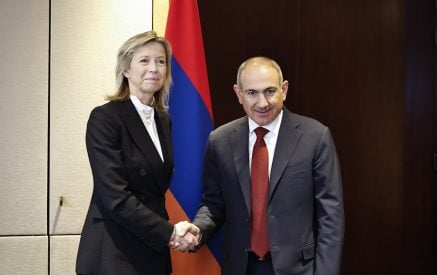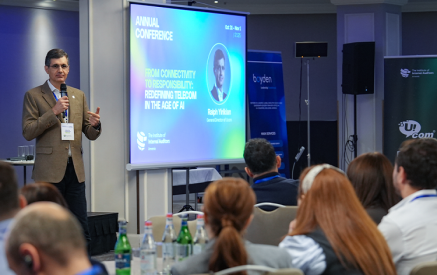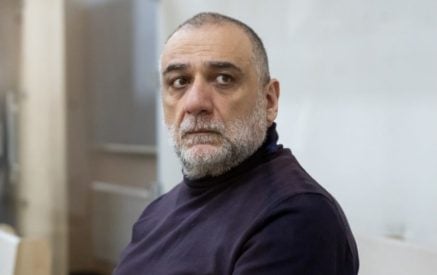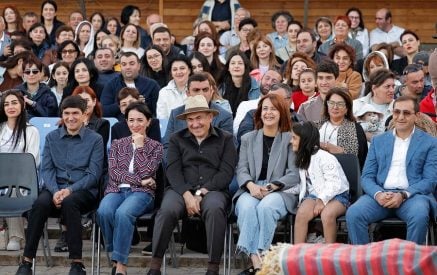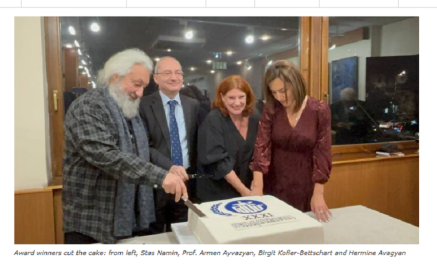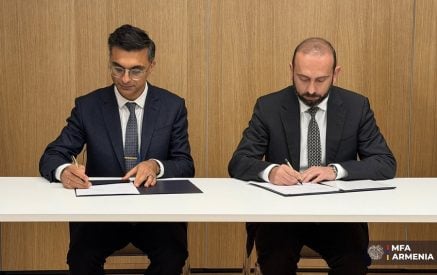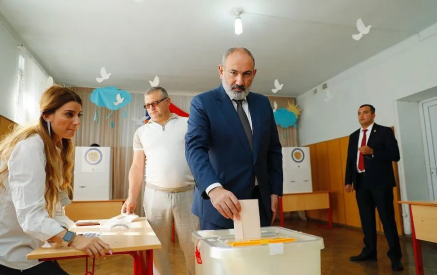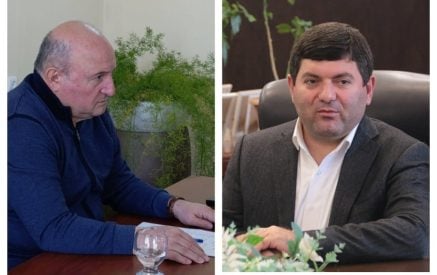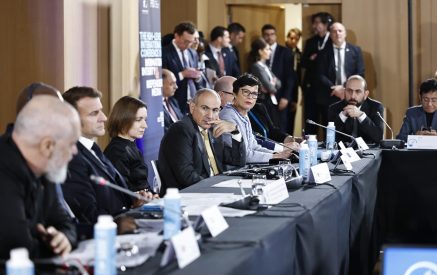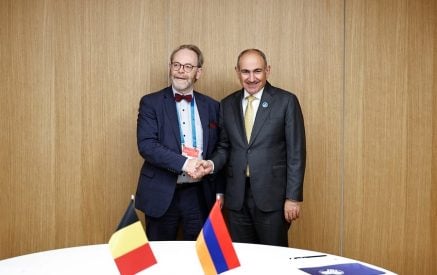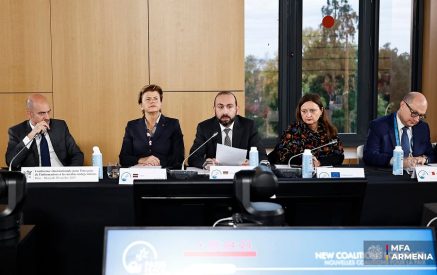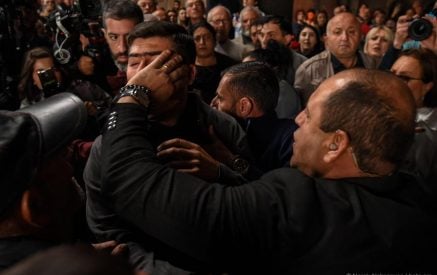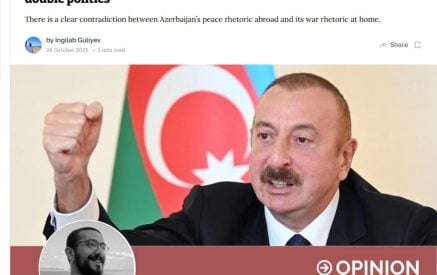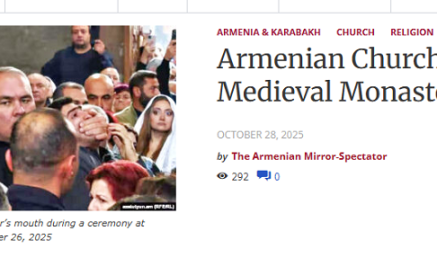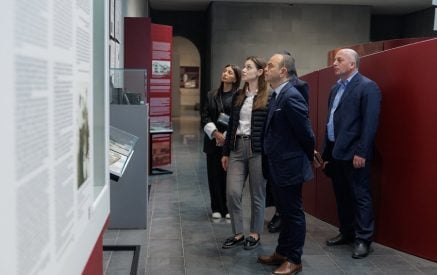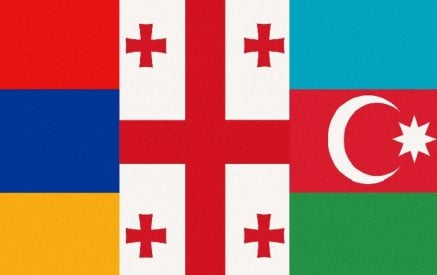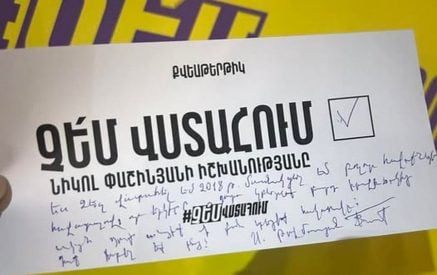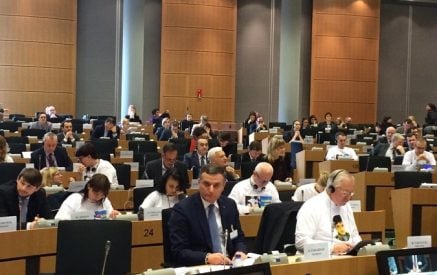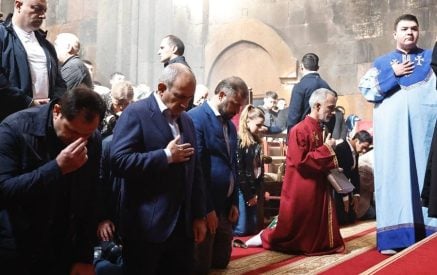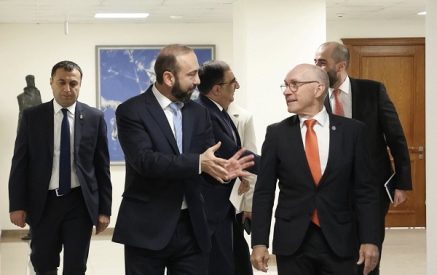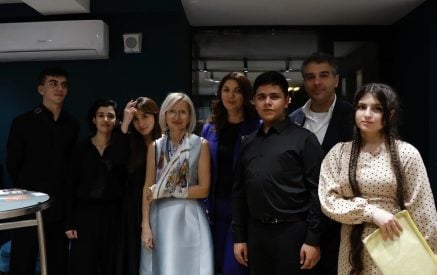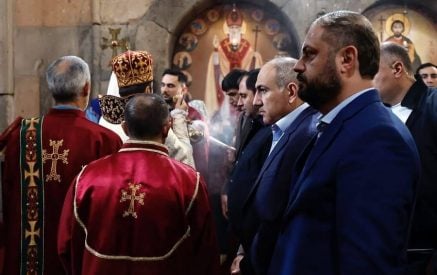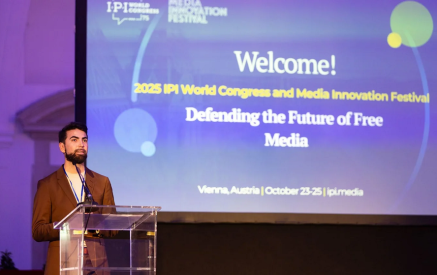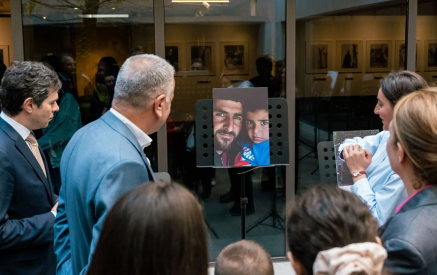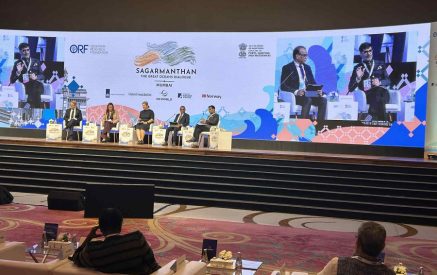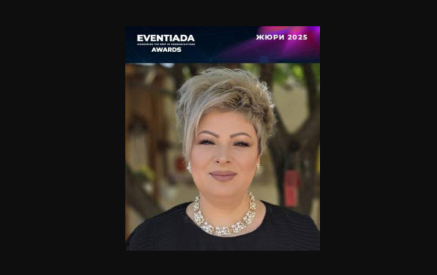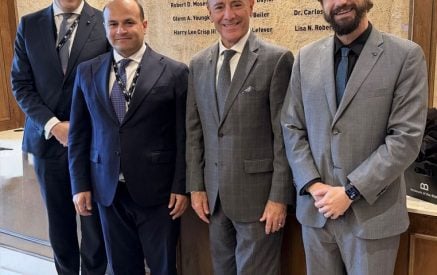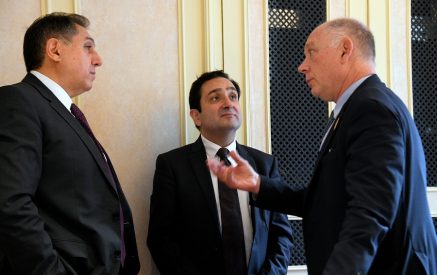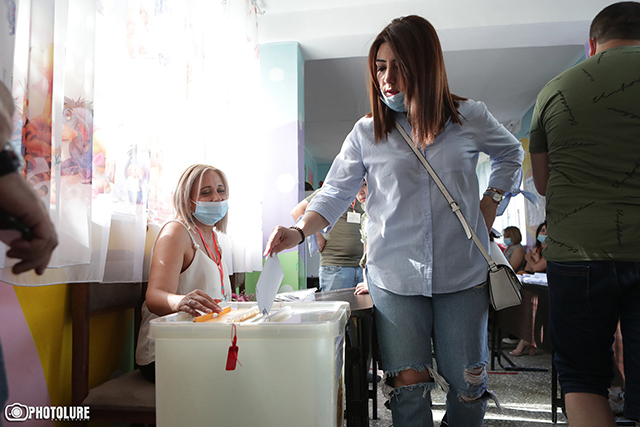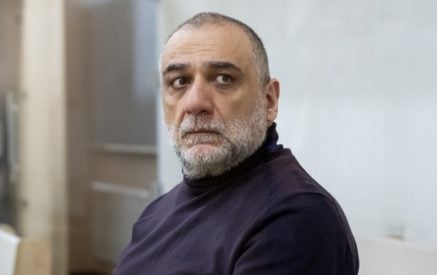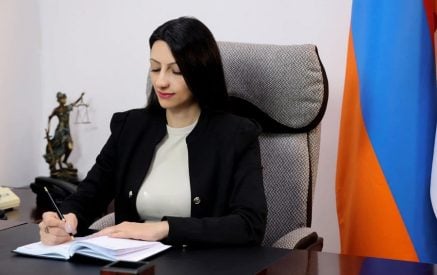Today the report of the “Elections 2021: Women Candidates’ Coverage on TV and Online Media” monitoring was published. With the long-term goal to contribute to the portrayal of women in the media as active political participants and leaders, the purpose of the research was to identify the problems and peculiarities related to the coverage of participation of women candidates in national and local elections and assess the reflection of gender issues within the coverage of the elections.
The research was carried out in the frames of the “Women in Media – Elections 2021” project implemented by OxYGen Foundation with the support of the National Democratic Institute.
The main findings of the research
- While women candidates comprised 37 percent of the electoral lists during the 2021 National Assembly (NA) elections, and 34 percent during local elections, the visibility of women candidates in the monitored media during the NA electoral campaign was only 9 percent and during local elections this indicator was even lower – 4
- During the NA elections, only 1 out of 10 speakers (those whose direct or indirect speech was cited) on TV and only 1 out of 12 speakers in online media were women.
- During local elections in 2021, on the monitored TVs men were allotted in total 5 hours as speakers while women were allotted only 0.3 hours which is 1.5 percent of the total time allotted to the speeches of the candidates․
- During local elections, in online media, women speakers were allotted 3 percent of the total time, and women actors (those about whom the source talks or those to whom the material is devoted) – 7 percent in comparison to the 93 percent of men actors․
The findings of the research indicate that the expansion of participation of women candidates due to the gender quota was not accompanied by the same increase in their visibility in mass media. This fact, from one side, is observed as a consequence of lack of gender sensitivity in the work of media and journalists, and from the other side as a deficiency in the electoral campaigns of political forces in the sense that they are not concerned about ensuring broad visibility of women candidates included in their electoral lists.
Which media were monitored?
During the NA elections 4 national TVs (The Armenian Public TV, “Shant TV”, “Armenia TV”, “Yerkir Media TV”) and 4 online media (aravot.am, news.am, 1in.am, azatutyun.am) were monitored. During local elections the main sample of the monitoring also included several regional TVs (Zangezur TV, Lori TV, Tsayg TV, ALT TV).
In addition to monitoring tools, focus group discussions were held through the engagement of reporters covering parliamentary and local government elections to enrich the monitoring results to reveal reporters’ and mass media’s positions on gender aspects of the elections.
What were the topics touched upon by the women and men candidates?
The monitoring of the media included in the sample of the monitoring revealed not only how visible were women and men candidates as speakers but also what were the topics touched upon by them more (see also the infographics). In particular:
- Women have touched upon non-programmatic topics more in comparison to men candidates both on TVs and in online media;
- Security issues dominated among programmatic topics in case of both women and men candidates; furthermore, women touched upon this topic more than men;
- The topic of economy/employment was the second dominant in case of men, and the topic of education – in case of women;
- Gender issues were the least referred topic; these were touched by women candidates more in comparison to men candidates.
What were the reasons for the less visibility of women candidates?
“These elections had a masculine tint since the discourses on whether the authorities should stay or step down and the Artsakh issue were dominant, and these issues have a masculine face…” (from the focus group discussions).
Regarding the problem of women candidates’ less coverage during the elections, the participants of the focus group listed the widespread sexism and hate speech among the main reasons, and this causes women to avoid media not to be targeted additionally.
“Women speak to the media very little… Very often this divide between them and the media is created by women themselves. With time, society develops an impression that women cannot express smart thought. So, actually the entire burden of important political statements is left to men…” (from the focus group discussions).
What to dօ։ recommendations
Given the scope of the identified issues, recommendations and further actions aimed at the inclusive coverage of elections are intended not only for journalists, the media, media organizations, but also for institutions and bodies involved in or responsible for elections, including government agencies and CSOs dealing with women’s rights, political parties and women politicians.
In terms of content, the recommendations can be grouped into three main directions which will allow for cooperation between the stakeholders:
- Conduct ongoing work with the media, including regular monitoring, and dissemination and discussion of monitoring results;
- Provide various capacity building and training activities both for media representatives and for political parties;
- Incorporate the principles of gender equality, gender sensitivity, exclusion of discrimination, hate speech, and sexism into the code of conduct, including ethics intended journalists covering electoral processes.
To collect feedback on findings and recommendations of the research the draft version of the monitoring report was discussed with the participation of the stakeholders on January 31 (see the details here). The final report amended based on the results of the discussion is available HERE.
A Self-Assessment Tool – “Coverage of Electoral Processes from a Perspective of Gender Equality” was developed based on the results of the research. It includes a questionnaire that can be used by both journalists and media managers to implement a gender-sensitive self-assessment which will allow developing an understanding of possible gaps that are often left without attention during coverage of electoral processes. The English version of the Tool is available HERE.


